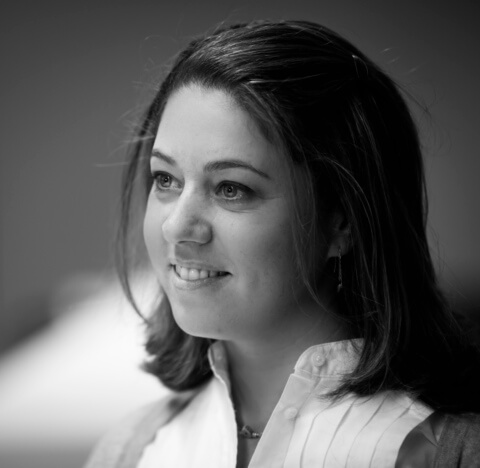
The Columbia University SEAS Data Science Institute establishes an interdisciplinary research and education environment for faculty and students tackling the challenges and opportunities associated with big data science. The Institute brings together faculty and students from different departments and research disciplines to study challenges associated with large data processing and analysis that cross boundaries between disciplines. With this in mind, we designed an environment that encourages collaborative problem-solving and interaction between research groups. Taking cues from software development companies and technology startups, we developed an architectural approach that diffuses the boundaries between research groups and brings like-minded people together in shared spaces.
The architectural expression of the Institute is simple and clean, focusing on transparency and large open areas. Our design concept sets a course for the Institute to share their work and the design emphasizes the importance of visual connection to work spaces, which publicly displays the work. We included a series of signature media walls which will array monitors in prominent areas. This feature provides the researchers a medium with which to display and celebrate their work. Full height clear glass demountable partitions at the perimeter office wall allows light to penetrate into the center of the space. Back painted glass panels are integrated into the demountable partitions which are centrally located and used as interactive visual display surfaces.
In addition to visually opening up the floor plan to the Institute’s work, we highlighted the collaborative nature of the program by developing a distinctive interiors approach to the floor design.
The group created a fluid, wave-like swell—using three different ocean-inspired, textured carpet tiles—that moves through the central and collaborative areas of the IDSE suite. The organization of each tile created specific ranges of color and texture strengthening the overall design concept. As the pattern navigates through the open areas of the space, the team manipulated the transition between the tile designs to help define furniture configurations planned for different uses. The carpet tile collection was inspired by the ocean and the product line was developed in collaboration with the fishing community in the Philippines. The tiles are made of recycled materials and are part of a larger effort to raise awareness about the environment. Proposed clusters of soft seating or group tables are arranged in ways that establish community meeting zones and promote collaboration. At the same time, the design provides smaller niches for individual use that are still public enough to support impromptu discussions.
The architectural elements were rendered in a crisp neutral palette to allow the carpet to flow clearly through the space and invite pops of color through furniture. Lighter tiles were used at the perimeter offices while darker ones are positioned in the higher traffic areas. Limited use of quarter sawn oak is seen on the doors and group worktables. Together they unify the suite and compliment the cooler palette.


